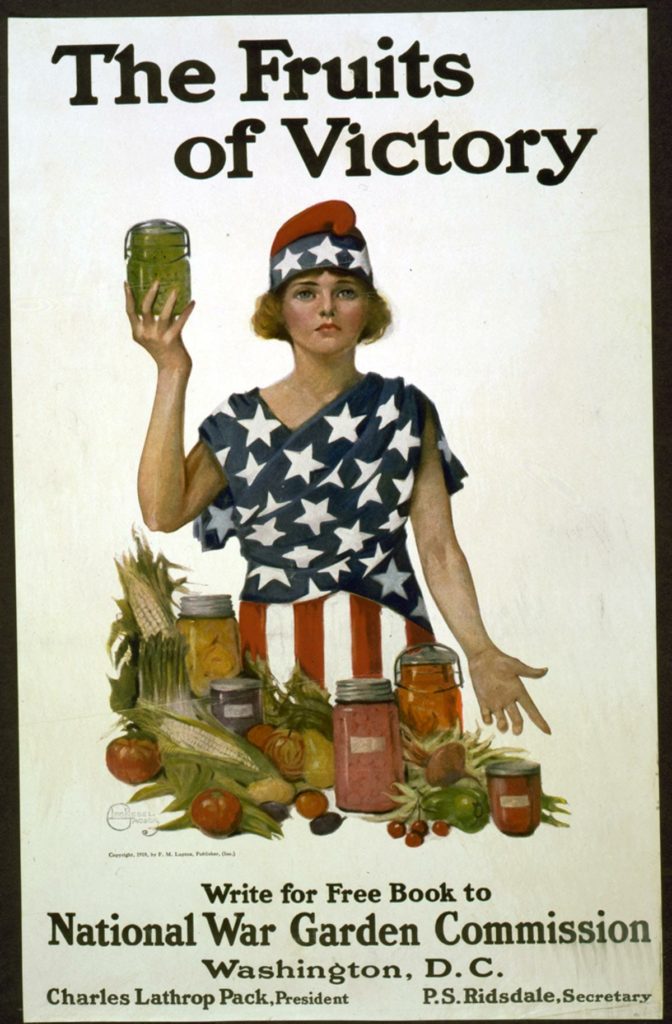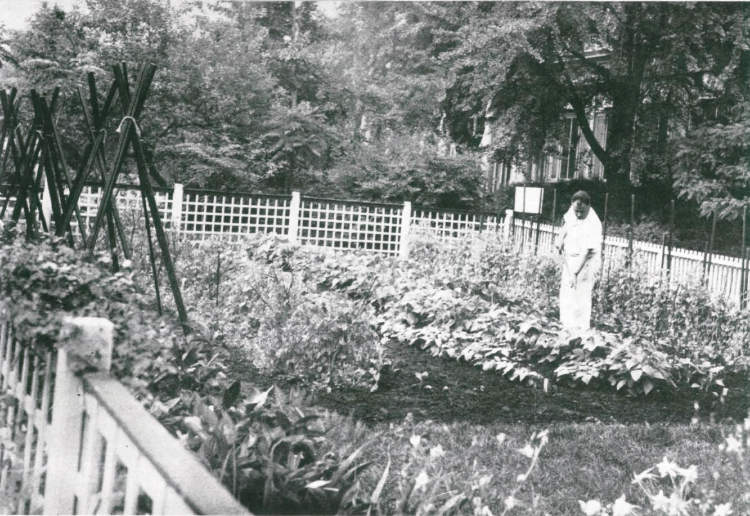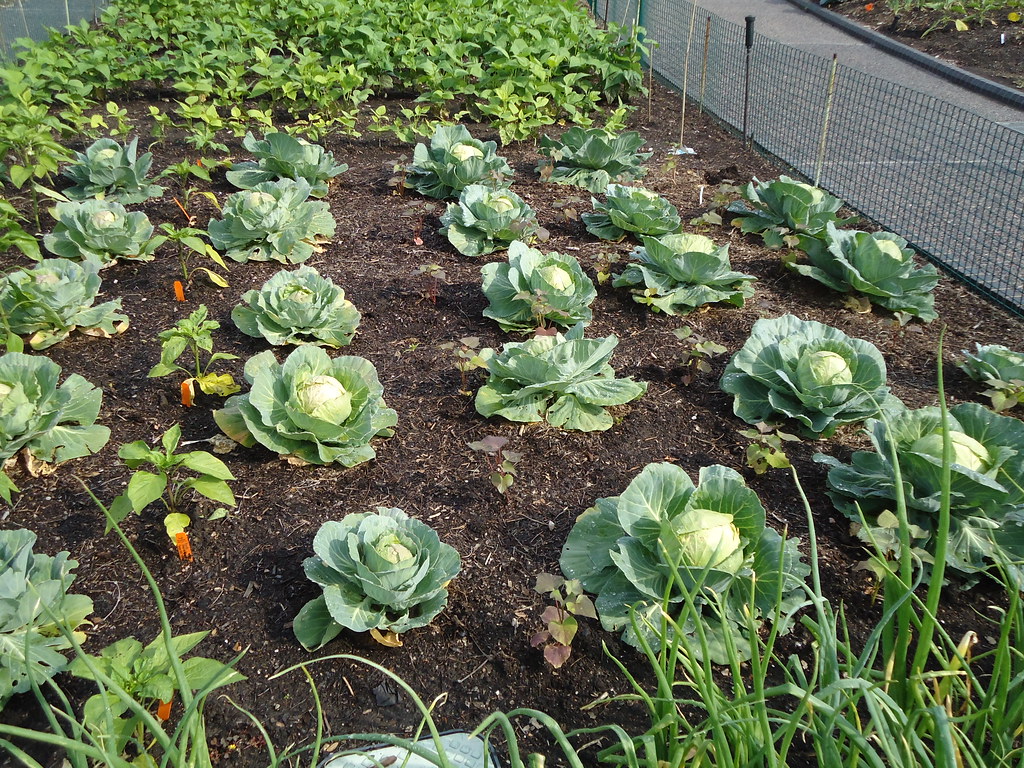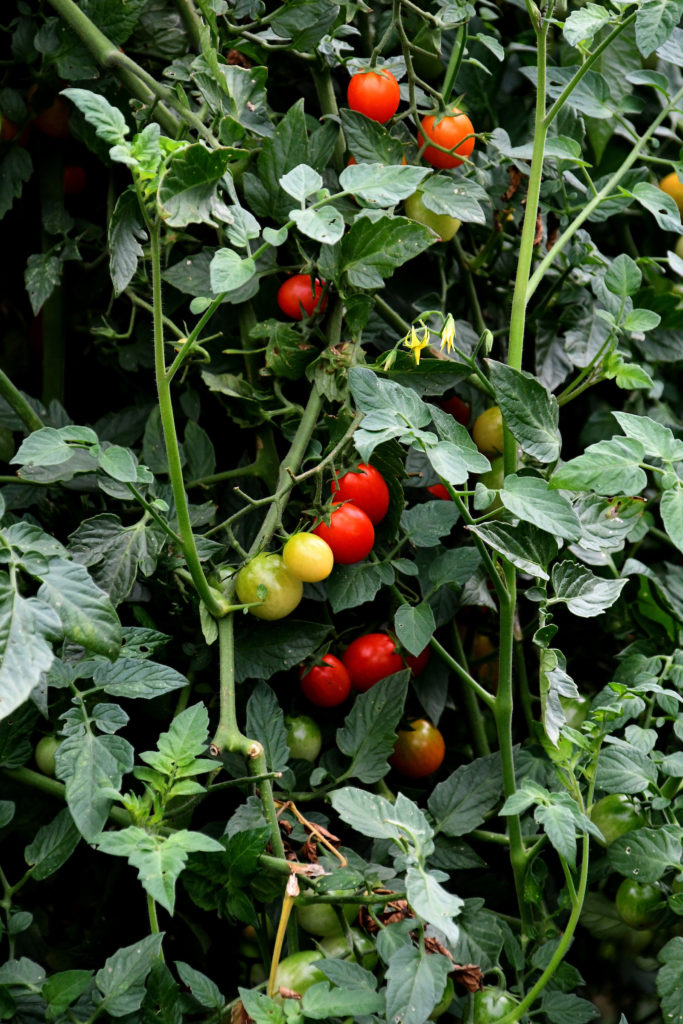
We all have heard the reports. The COVID-19 crisis has effected some food processing plants and the distribution lines of fresh meats and vegetables. This news has created concern that the foods we need won’t be available. Worse yet, there’s some fear we’ll go hungry. Hopefully, that won’t happen.
It’s a tough situation farmers and meat producers are facing, grappling with the challenges of how to get the foods they raise safely to market and onto American tables. It’s a situation I pray will not trigger buying frenzies, which could create shortages not unlike the scarcity of toilet paper.
Some grocers have already taken a proactive approach, limiting (rationing) fresh meats and other pantry staples, such as flour, a situation that’s been a shock to shoppers. After all, this is America, the land of plenty, which until now, most of us have taken for granted.
Perhaps consumers should also take a proactive approach and prepare a plan. To begin, relax. Then, take a lesson from history. Look at what we as Americans did in past situations. Best yet, ask anyone who lived through World War II. They’ll tell you they did their part to get through tough times by economizing and not wasting food.

It was a strategy seasoned with patriotic fervor that worked, and was fueled by a national campaign to grow and preserve your own food via the backyard Victory Garden. This concept actually began at the start of World War I, when the National War Garden Commission was established, promoting planting fruits and vegetables using the mantra, “Sowing Seeds For Victory.”
Planting a garden, even a small container garden on a patio or deck, can provide more than great tasting veggies and herbs. Gardening can help reduce stress and relieve the effects of depression, a fact mental health professionals confirm, which explains why backyard gardening is trending.

May is a perfect time to get your garden in, what our grandmas would say when it was time to sow radish seeds, plant the tomato plants and most anything else you have a taste for that your space and budget will allow. I love to plant herbs, which gives me pleasure tending and harvesting them while saving me a fistful of cash.
Maybe you’re a tomato lover. Maybe you just enjoy creating a splash of color achieved with flowers and ferns of which some are of the edible variety. No matter what you choose to grow, gardening can pay off big, bringing peace, relaxation and a little outdoor exercise, while delivering a bounty of homegrown goodness to the table.
To start a garden, survey your growing space. How much room you have will define what and how much you can plant. Then go on the hunt for the plants or seeds you need. Each spring, nurseries, garden shops and hardware stores have a bevy of seasonal bedding plants, ranging from tomatoes, cabbage and peppers, to edible flowers, like squash violas, pansies and nasturtiums. Pick what you and your family likes, then start digging in the dirt. But wait. If you’ve never gardened before you may need a little help.

If you have never gardened beyond a potted geranium, help is available from the Missouri Botanical Garden’s Kemper Center for Home Gardening at bit.ly/3f01aHs. The Kemper Center has an online segment that can help both novice and master gardeners. Once the garden reopens after COVID-19 restrictions are eased, stop in and visit the Kemper Center and take advantage of its resources, including gardening classes and special programs it presents throughout the year.
Once you have the garden, brush up on your cooking skills. Knowing how to cook with fresh ingredients is not only healthier, it saves money. Speaking as a culinary teacher, I can’t emphasize enough the importance of knowing how to cook and bake. Knowing how to work with pantry staples, such as flour, sugar, rice and canned goods, along with fresh vegetables and meats is an invaluable skill that will carry anyone through tough times and on to victory.
When your backyard garden crop begins to deliver, consider these two heirloom recipes, originating from truck farm families, featured in my first cookbook, “Pushcarts & Stalls: The Soulard Market History Cookbook.”

Marinated Tomatoes
3 large tomatoes, washed and dried
1/3 cup olive oil
1/2 cup red wine vinegar
Salt and black pepper, to taste
1 clove minced garlic
2 tablespoons chopped onions
1 tablespoon chopped parsley
1 tablespoon chopped basil
Thickly slice tomatoes and place in a shallow dish. In a small bowl, combine olive oil, vinegar, salt, pepper, onions, garlic, parsley and basil. Pour over tomatoes, cover and chill for three hours. Makes four servings
Zucchini Pancakes
3 cups shredded zucchini
1 tablespoon Kosher salt
1/4 cup Parmesan cheese
1/3 cup grated Swiss cheese
Salt and pepper, to taste
1 egg, beaten with a tablespoon of oil
2/3 cup flour
Oil for frying
Parmesan cheese and shredded basil leaves, for garnish, if desired
Sprinkle shredded zucchini with salt and allow to stand ins colander for 30 minutes. Rinse with cold water and pat dry with paper towels. In a large mixing bowl. combine zucchini, cheeses, salt, pepper, flour, and egg and oil mixture. In a heavy skillet, add enough oil to cover bottom of the pan with 1/4-inch depth. Heat oil over a medium-high heat. Spoon a large tablespoonful of the zucchini mixture into the hot oil. Fry until golden brown on both sides. Remove from pan and drain on paper towels. Serve garnished with Parmesan and shredded basil leaves. Makes four to six servings.





